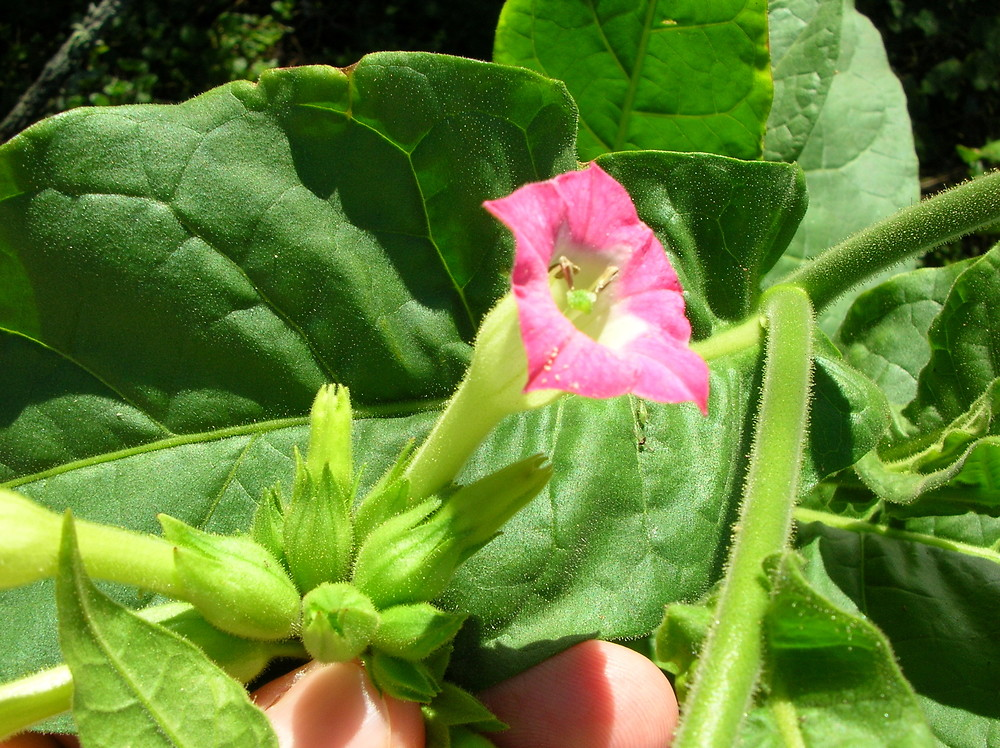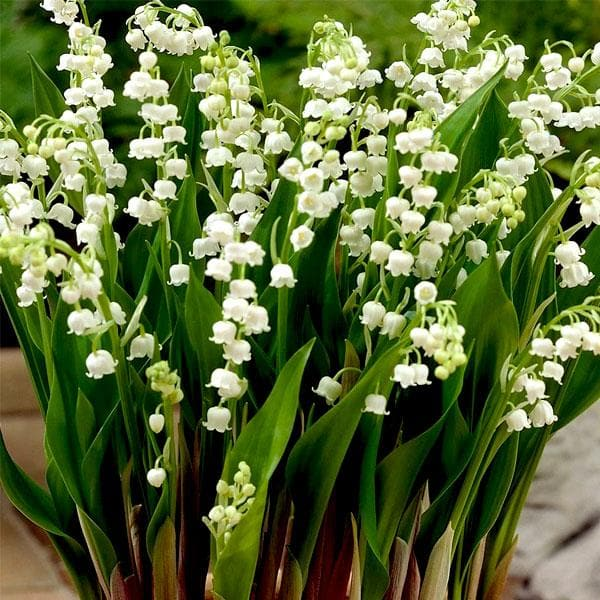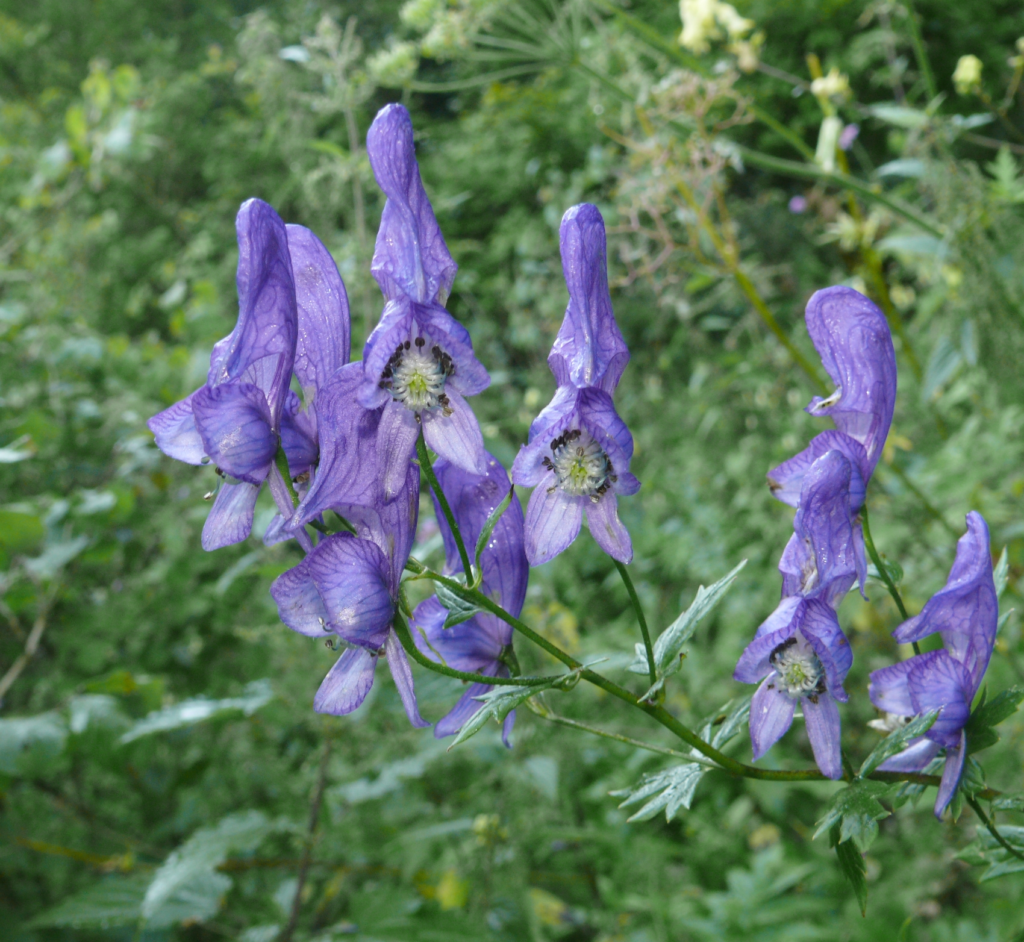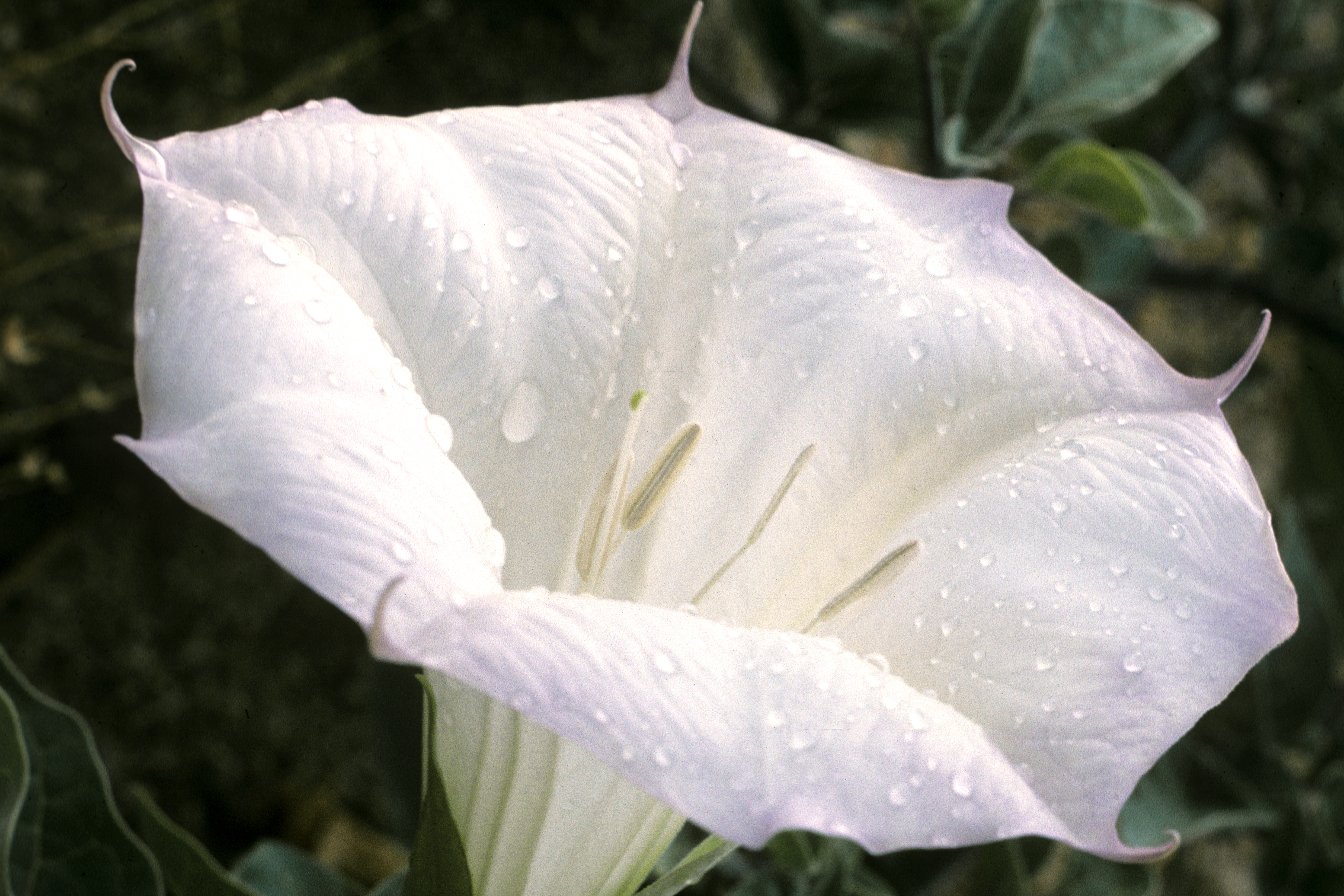let’s dive into this wild world of killer plants. Nature’s a real beauty, right? But hold up, there’s a dark side to those pretty petals and leaves. Some of those innocent-looking plants are secretly like supervillains of the natural world, and we’re gonna check out the top ten baddies.
Here Are Top 10 Most Dangerous Plants In The World
Deadly Nightshade : Atropa Belladonna

This is the most dangerous plant on the planet. It has shiny black berries and contains chemicals like atropine and scopolamine, which can cause hallucinations, seizures, and even death if eaten. Surprisingly, it was once used as a beauty product to make women’s eyes look bigger and more attractive.
Cerbera Odollam

Also known as the “suicide tree,” this plant contains cerberin, a cardiac glycoside similar to oleander. Eating it can lead to severe heart issues and death. It has been used for both homicidal and suicidal purposes.
Hemlock Water Dropwort : Oenanthe Crocata

This plant contains highly toxic oenanthotoxin. Consuming it can result in seizures, respiratory failure, and death. Despite its pleasant taste, it should never be used in cooking.
Tobacco : Nicotiana Tabacum

Although we often associate tobacco with smoking, it’s highly toxic in its natural form. Nicotine, found in tobacco, can be deadly in small amounts and can lead to nausea, vomiting, convulsions, and, in severe cases, fatal respiratory paralysis. It’s responsible for millions of deaths each year.
Manchineel : Hippomane Mancinella

Known as the “beach apple,” this tree produces toxic sap and fruit. Simply touching its leaves or standing under it in the rain can cause severe skin blisters and eye irritation. Eating the fruit can be deadly.
| No. | Plant Name | Description |
|---|---|---|
| 1. | Deadly Nightshade (Atropa belladonna) | – Highly toxic plant known for glossy black berries. – Contains tropane alkaloids, atropine, and scopolamine. – Ingestion can cause hallucinations, seizures, and death. – Historically used as poison and in witchcraft. |
| 2. | Tobacco (Nicotiana tabacum) | – Highly toxic in pure form. – Contains nicotine, which can be lethal. – Ingestion or absorption can lead to nausea, vomiting, convulsions, and fatal respiratory paralysis. – Responsible for millions of deaths yearly from smoking. |
| 3. | Manchineel (Hippomane mancinella) | – Known as the “beach apple.” – Produces toxic milky sap and fruit. – Touching leaves or standing under it in rain can cause severe skin blisters and eye irritation. – Ingesting the fruit can be fatal. |
| 4. | Lily-Of-The-Valley (Convallaria majalis) | – Charming plant containing cardiac glycosides. – Ingestion disrupts heart rhythms, leading to nausea, vomiting, and potentially fatal arrhythmias. |
| 5. | Oleander (Nerium oleander) | – One of the deadliest ornamental plants. – Contains oleandrin and nerioside, affecting the heart. – Symptoms include nausea, arrhythmias, and death if ingested. – Tastes bitter, making poisonings rare. |
| 6. | Rosary Pea (Abrus precatorius) | – Seeds contain abrin, a potent toxin. – Even a small amount can lead to organ failure and death with no known antidote. – Used for illegal cattle killings. |
| 7. | Cerbera odollam | – Known as the “suicide tree.” – Contains cerberin, a cardiac glycoside. – Ingestion can cause severe heart issues and death. – Used for homicidal and suicidal purposes. |
| 8. | Hemlock Water-Dropwort (Oenanthe crocata) | – Contains highly toxic oenanthotoxin. – Consumption results in seizures, respiratory failure, and death. – Despite a pleasant taste, it’s extremely dangerous. |
| 9. | Monkshood (Aconitum genus) | – Contains aconitine, a potent alkaloid. – Ingestion causes nausea, vomiting, and cardiac arrest, often fatal. – Used as arrow poison in some regions. |
| 10. | Thornapples (Datura genus) | – Contain tropane alkaloids, causing hallucinations, delirium, and potentially fatal complications if ingested. – Used for spiritual purposes by some indigenous groups, but it’s very risky. |
Lily-Of-The-Valley (Convallaria majalis)

Despite its charming appearance, this plant contains cardiac glycosides, which can disrupt heart rhythms if ingested. Symptoms include nausea, vomiting, and potentially fatal heart arrhythmias.
- Also Read: Top 10 Most Endangered Animals
Oleander : Nerium Oleander

Oleander is one of the deadliest ornamental plants. It contains toxins called oleandrin and nerioside, affecting the heart and causing symptoms like nausea, arrhythmias, and death if ingested. Fortunately, it tastes bitter, so people are not tempted to eat it, and poisonings are rare.
Rosary Pea : Abrus Precatorius

The seeds of this plant contain abrin, a potent toxin. Ingesting even a small amount can lead to organ failure and death, with no known antidote. It has even been used for illegal cattle killings.
Monkshood : Aconitum Genus

Monkshood contains aconitine, a potent alkaloid. Ingestion causes symptoms like nausea, vomiting, and cardiac arrest, often proving fatal. It has been used as an arrow poison in some parts of the world.
Thornapples : Datura Genus

Thornapples contain tropane alkaloids, leading to hallucinations, delirium, and potentially fatal complications when ingested. Some indigenous groups in the Americas have used them for spiritual purposes, but it’s very risky.
Our journey through these ten dangerous plants has shown us that looks can be deceiving in the plant world. These seemingly beautiful plants hide deadly secrets, reminding us to be cautious in nature.
FAQs
What makes these plants so dangerous?
These plants are dangerous because they contain toxic chemicals that can cause serious harm or even death when ingested or touched. The specific toxins and their effects vary among these plants, but they all pose significant health risks.
Are these plants commonly found in nature?
Some of these plants, like Deadly Nightshade and Oleander, can be found in various regions, while others, like the Manchineel, are more limited to specific tropical areas. It’s essential to be aware of their distribution if you’re in regions where they grow.







